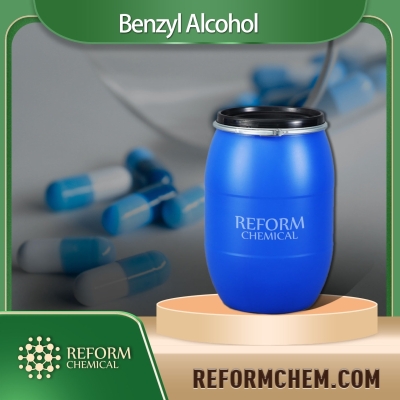-
Categories
-
Pharmaceutical Intermediates
-
Active Pharmaceutical Ingredients
-
Food Additives
- Industrial Coatings
- Agrochemicals
- Dyes and Pigments
- Surfactant
- Flavors and Fragrances
- Chemical Reagents
- Catalyst and Auxiliary
- Natural Products
- Inorganic Chemistry
-
Organic Chemistry
-
Biochemical Engineering
- Analytical Chemistry
-
Cosmetic Ingredient
- Water Treatment Chemical
-
Pharmaceutical Intermediates
Promotion
ECHEMI Mall
Wholesale
Weekly Price
Exhibition
News
-
Trade Service
Background and objectivemask ventilation (FMV) during anaesthetic induction is associated with the entry of gas into thestomach, which may lead to reflux and misabsorptionStudies have shown that when treating obstructive sleep apnea syndrome (OSAS) andgastroesophageal reflux disease, continuous positive pressure ventilation (CPAP) increases the lower esophageal sphincter (LES) pressure to reduce gastric refluxThis study hypothesizes that the use of exhalation terminal positive pressure (PEEP) line mask ventilation after CPAP pre-oxygenation during anesthesia induction process can reduce the risk of gas injection in the stomachThe main objectives of this study: 1 compare the incidence of FMV gastric inflators at fixed PEEP level or zero PEEP (ZEEP) after anesthesia induction(2) Study the effect of FMV without PEEP on upper esophageal sphincter (UES), esophagus interrupt, and lower esophageal sphincter (LES) pressuremethod
this study is a single center, randomized controlled trial, a total of 30 healthy volunteersAfter anaesthetic induction, do not use or use CPAP 10? in the case of cmH2O for pre-oxygenation and then using ZEEP or PEEP 10? cmH2O for pressure control of the FMVDuring pre-oxygenation, the pressure of the upper esophagus sphincter (UES), esophageal body, and lower esophagus sphincter (LES) was measured during the period of respiratory cessation and during 2 to 3 breathing weeks at each PEEP level during mask ventilationThe pressure of the esophageal body is the average pressure from the lower edge of the UES to the upper edge of the LESresults had a higher incidence of PIP-related intra-gastric gas injection in the PEEP group than in the ZEEP group At PIP of 15 cmH2O or below, no intra-gastric gas injection occurred in either group At PIP of 30 cmH2O, 13 out of 15 cases in the PEEP group and 5 out of 15 cases in the ZEEP group had an intragastric gas injection Both groups of anaesthetic-induced UES pressure were significantly reduced, and UES pressure was further reduced after the cessation of autonomous breathing Anaesthetic or PIP water averages do not significantly affect esophageal pressure From autonomous respiration to the onset of pre-oxygenation, leS pressure in the PEEP group increased significantly, while there was no significant difference in the ZEEP group After anesthesia induction, the average LES pressure in each group decreased significantly concluding the with the increase of PEEP, the test level of PEEP promotes gastric inflating during FMV This result suggests that PEEP should be used with caution after FMV anaesthetic induction, and that the use of CPAP is safe







